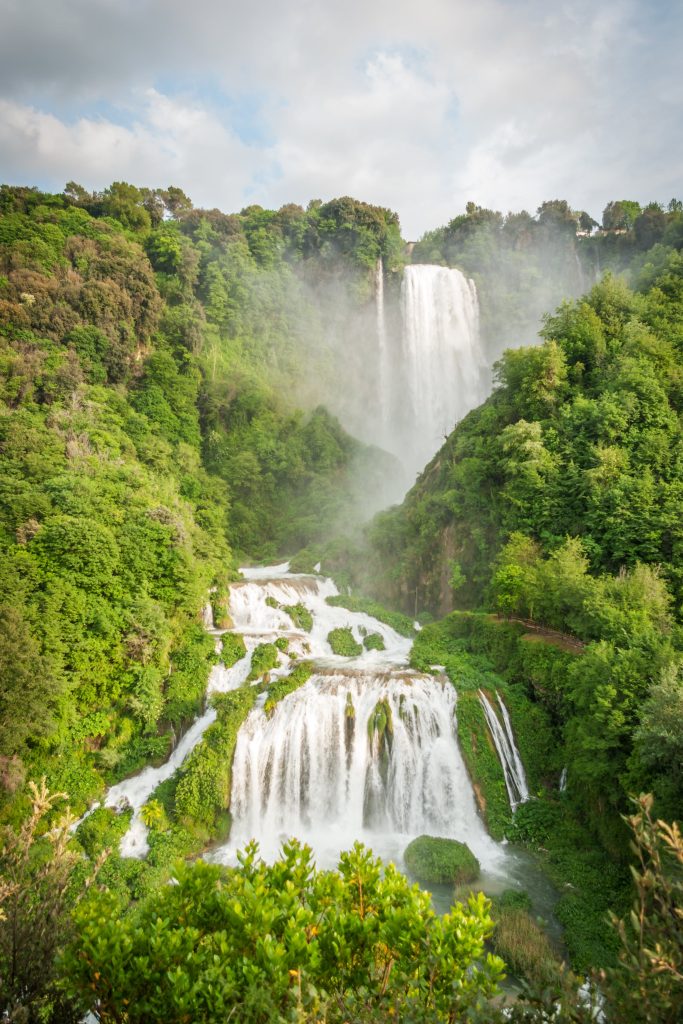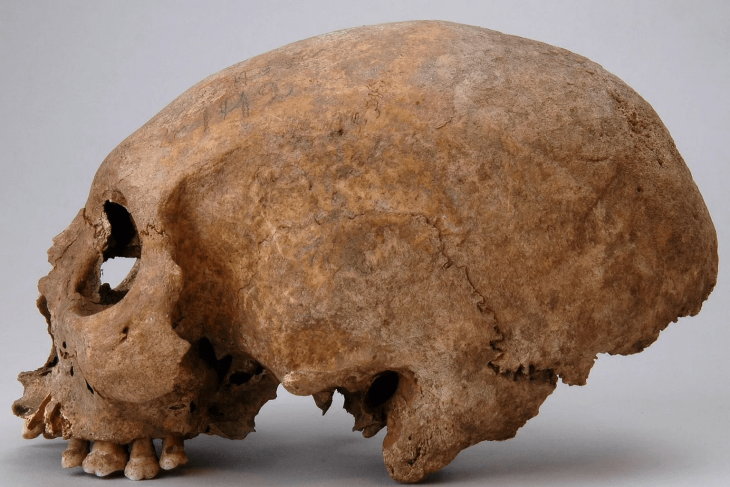Approximately eight kilometers away from the town of Terni in Umbria, Italy, there is a waterfall that is one of the highest waterfalls in Europe: Cascata delle Marmore or the Marmore’s Falls. However, it’s not some natural wonder, it’s a work of ancient Roman engineering!
In reality, this waterfall is not natural. The waterfall is the world’s tallest man-made waterfall, standing 541 feet tall (165 meters). Its towering presence is a 2,000-year-old testament to human engineering.
Romans created in 271 BC the former hydraulic system and the shape of the waterfall. During the Roman era, the River Velino had become vastly enlarged and had created a vast swathe of swamp-like, stagnant water. This unhealthy wetland brought disease to residents and caused a threat to the city of Rieti.
To fix the issue, Manlius Carius Dentatus, the Roman consul, ordered workers to construct a canal that would send the water soaring over a nearby cliff and down into the Nera River, which flowed through the valley below.
The stagnant water then fell into the Nera River but that unfortunately created another problem. When the Velino River overflowed, its water moved through the Nera and towards the city of Terni and threatened the safety of the residents.
The Roman senate was forced to step in over the escalating tensions over water management between the lowland and highland residents in 54 BC, despite the fact that their intervention ultimately achieved nothing.
For centuries, little was done to address the problem, which caused contention. It took two attempts to build new canals to address the problem of overflowing stagnant water, but it wasn’t until 1787 that Pope Pius VI gave Andrea Vici, a prominent French-Italian architectural dynasty, the order to alter the canal, giving it the lofty, cascading appearance it has today and solving the issue at last.

Finally, in the late 1700s, the falls were given their present look and by the late 1800s, with the Industrial Revolution, were being used to generate power for the steel mills in Terni.
From the second half of the nineteenth century, this region underwent a revolutionary change, from the use of hydraulic energy as a driving force for factories to the creation and development of the large industrial center in Terni: the region was transformed and developed into a city thanks to impressive infrastructures.
Today, the Marmore Falls are still used for hydroelectric power while also serving as a tourist attraction. At scheduled times, 165 meters (541 feet) of sheer power crashes down to amaze visitors. Summertime is the best time to visit the falls because they are open at night and feature a spectacular LED light display to accompany the rushing water.
The park itself is amazing and contains numerous trails and botanical gardens as well as a lake. The city of Terni is also completely worth visiting.
It is important to check the official website for the exact times that the park will be open as well as the scheduled times for the falls since it varies from month to month.
It is important to check the official website for the exact times that the park will be open as well as the scheduled times for the falls since it varies from month to month.
Cover Photo: Italy by Events
















